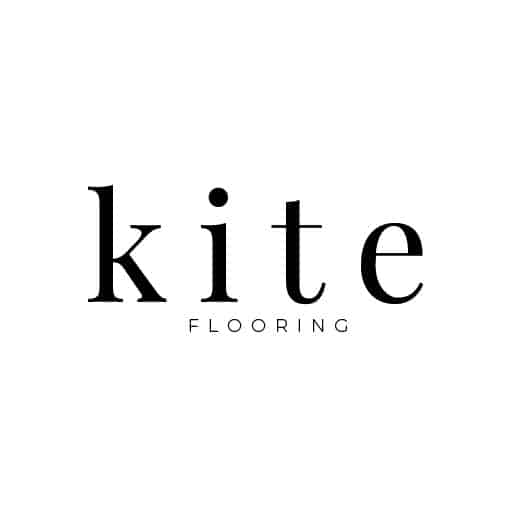The flooring industry is a master at confusing people. Firstly, we love our acronyms; LVT, SPC, DPM… you get the idea. Also, on every flooring website there always seems to be a new fancy product that has just been launched, that promises to be both your perfect floor, while also delivering world peace.
There are plenty of flooring myths that get recycled again and again, based on hearsay, or say, your builder having a bad experience with a cheap product 15 years ago…
To help you navigate this, sea of misinformation, here are our top tips on choosing the right solid floor for your project –
Broadly, there are 3 main options; Laminate, Vinyl and Wood based products (either engineer or solid).
There are also other products like Cork, Lino, Hardened Wood (which we sell) or SPC (Stone Polymer Composite), but these are more specialist.
Laminate is a man-made wood product (its core is a composite compressed wood). The Laminate structure is protected by an ultra-thin plastic sheet that is pressed on top, that is both textured and made to look as realistically wood-like as possible. Laminate has a bad reputation, and the cheaper ones that are sold in builder’s merchants or online are horrible. But, premium laminates are a great option if you’re on a budget. Some of the most hard wearing floors we know are laminates, and provided the finish is matt, and not shiny, they can be beautiful as well. Wider plank laminates are also better than narrow, stubby planks. At Kite, our range of Premium Laminate floors can be viewed here – Premium Laminate. Prices start from £36 per m2.
Vinyl floors, or LVT “Luxury Vinyl Tiles” are thin plastic floors that are either glued or floated on top of your subfloor. Common brands include Karndean or Amtico. The sales pitch for these floors is how hard wearing they are and that they require very little maintenance. Having said this, the exact same argument can now be applied to premium laminate floors, for half the price. Another argument is that they are waterproof, but again, many laminate floors, through their locking systems, have some element of water resistance. Aesthetically, we also don’t like how many of these floors have a fake sheen to them, and the fact that when we change vinyl floors for clients, it’s very hard to recycle them. As an overriding principal, at Kite, we feel there should be less plastics in this world. So, as you may have guessed, this doesn’t make us a fan of these so-called “Luxury” vinyl products (if you’re interested in exploring this further, there is a great interview here – Materials Lab).
Having said all this, we also know tastes and opinions vary, and there are many flooring businesses that swear by vinyl products. One of our core commitments at Kite is to curate the best of the best floors, rather than simply offering every option available. We could very easily sell these floors, but as we don’t believe in them, we don’t. So if you’re looking for a vinyl floor, we’re not the right place for you.
Engineered wood products have a solid wood veneer, and then a layered wood core. The veneer makes the floor look identical to a solid product, the layers make the floor more stable than solid floors.

But what do we mean when we talk about stability?
Well, the floor won’t expand and contract as much with changes in humidity. With solid floors, it’s very common to see gaps in your flooring during the winter, as your heating dries out your flooring. In the Summer ridges can appear as they expand with a humidity increase.
There are only a very few niche use cases when solid flooring is better than engineered, and provided your engineered veneer is sufficiently thick to allow for sanding (2.5mm thick or more), it’s hard to see any benefits. Note, we also don’t believe in thick veneered engineered flooring, say 6mm, as these floors don’t work as well on underfloor heating.
At Kite, we offer a range of engineered floors, starting with our Lacquered Croatian oak range, the EcoMatt, at £55 per m2, through to our Newington and Kent ranges, which start at £78 per m2. Our Clissold Range, is our premium, fully European Range, and prices start from £100 per m2. We explore our different ranges in more detail, in some of our next blogs.
From a performance perspective, wood floors can work in almost any residential property provided they use good quality oils or lacquers. Bad experiences with wood floors are normally caused by low-quality, mass-produced floors. A wood floor will always have a texture and feel that is more natural than man-made products, and we obviously love them (it’s our job to love them!!). But they do require more maintenance than Laminates.
If budget is a challenge, please, please don’t buy a cheap wood floor. Buy, a premium laminate, instead.
On our next blog, we look at What should I budget for flooring?














